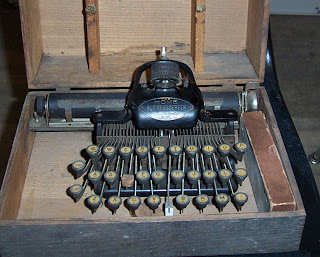
Desktop Hearing Aid
This late 1930s Zenith hearing aid may seem ancient, but hearing aids have actually been around (in various forms) for hundreds of years. The earliest hearing aids were simply large horns or “ear trumpets”. Sound entered a large horn-like opening, while the smaller end was held in the ear. Variations and improvements on this concept were the only option until around the turn of the 20th century, when the first electrical hearing aids were developed, using carbon microphone technology. However, these devices were rife with problems. They were often large and impractical, their components (a microphone, battery box, processing unit, and headpiece) were often completely separate, their batteries had short life spans, and they could cost as much as $400.
Carbon microphone hearing aids went through improvements as well. There were even wearable versions by the 1930’s. But the invention of vacuum tube technology within processing units shrank hearing aids slightly and made sound much clearer for users of hearing aids. This Zenith Ravox hearing aid is a tabletop model from 1938. It used vacuum tube technology and housed all components, except for the earpiece, in one unit. Rather than using batteries, this unit plugged into an electrical outlet. (Which were still fairly impractical at the time!) A control knob is used to adjust the amplifier in order to emphasize certain frequencies and pitch ranges. The Ravox was cheaper than many earlier models, costing around $30.
Manufacture of tabletop hearing aids continued until improvements in batteries and microphones made them obsolete. These new models combined the microphone, amplifier, and battery into a single unit that could be placed on, or even in the human ear. This allowed for improved hearing and concealment. Today, there are even digital hearing aids that allow for even greater clarity and control of sound. Hearing aid technology has certainly come a long way. From ear trumpets, to tabletop models, to digital earpieces, technology has continued to help hearing aids make life easier for the hearing impaired.
Sources:
http://www.radiomuseum.org/r/zenith_ravox_hearing_aid.html
http://www.pbs.org/wnet/soundandfury/cochlear/hearingaids.html
http://dept.kent.edu/hearingaidmuseum/hearing_aid_eras/pre_electric.htm
* Post prepared by Tyler Jones, WCHC Student Intern.





